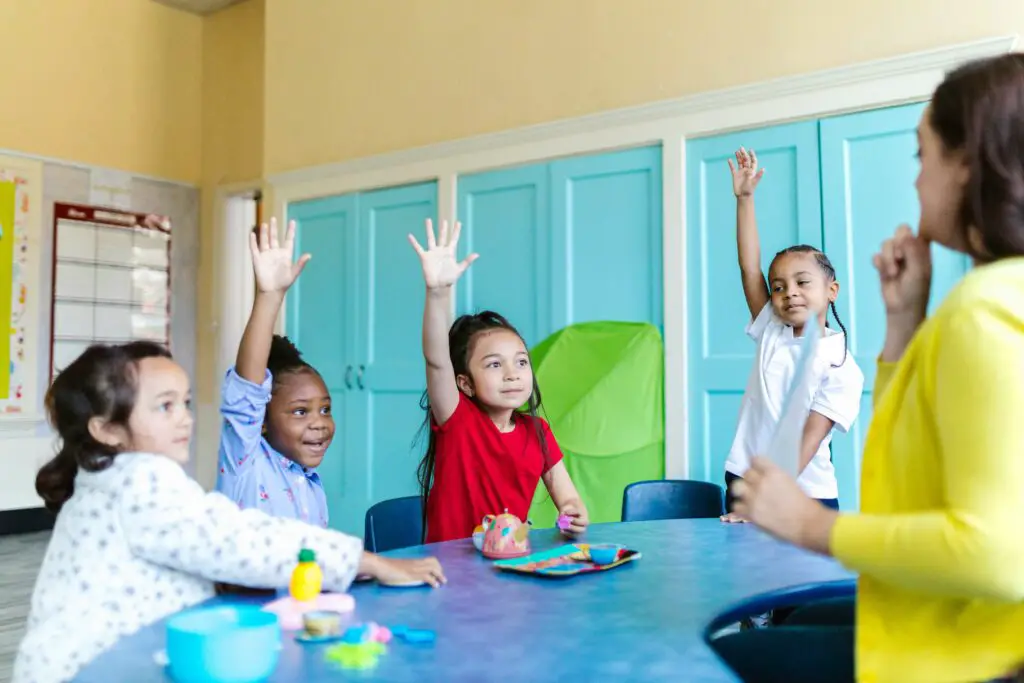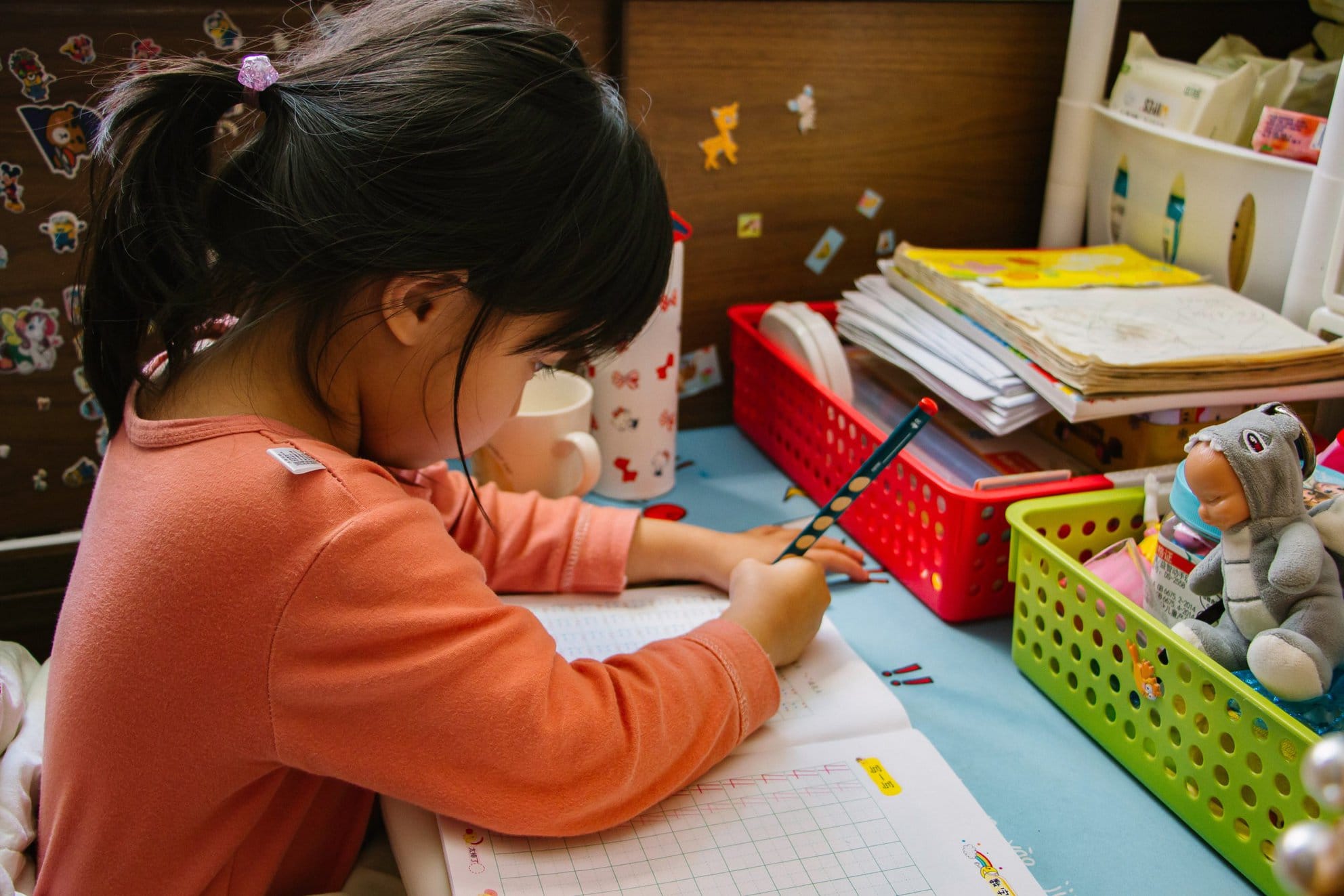Part 1: Overview
Part 2: Statewide Programs
Part 3: Nannies, Au Pairs & Babysitters
Part 4: School Age Programs
Kindergarten Eligibility
Hawaii is one of 12 states in the U.S. that doesn’t have state-funded preschool, so families in which both parents work outside the home must make their own arrangements for full-time child care — whether that be in a preschool setting or another type of child care environment — until their child is old enough to attend kindergarten.
So when are kids eligible to enroll in kindergarten in Hawaii’s public schools? Well, it just so happens that the rules concerning the age of kindergarten eligibility will be changing in a couple years.
Currently:
- Children who will be 5 years old on or before August 1 will be enrolled in kindergarten that year.
- Children who will be 5 years old between August 2-December 31 will be enrolled in junior kindergarten that year.
- Some schools have separate classes for each age group, while some schools have mixed-age classes.
- Depending on their readiness, children who complete junior kindergarten may go directly to first grade the following school year, or remain in kindergarten for another year.
Beginning with the 2013-14 school year:
- Children who will be 5 years old on or before August 1 will be enrolled in kindergarten that year.
- Children who will be 5 years old between August 2-December 31 must wait until the following year to enroll in kindergarten. There will no longer be a junior kindergarten program.

Before-School, After-School, Summer & Holiday Programs
Many children enrolled in public schools still require child care before and after school, during the summer break, and during school holidays. There are several school age programs throughout Hawaii that offer this type of child care:
- After School Plus (A+) – This after-school child care program takes place at Hawaii’s public school sites and is run by the Department of Education (DOE). It costs $85 per month, although families receiving food stamps or other financial assistance qualify for free attendance. Children enrolled in the A+ program remain at their school site after their school day ends to work on homework and participate in enrichment activities. Parents must pick up their children by 5:30pm or 6pm, depending on the school site.
- Ha Initiative – Provides a free, science- and technology-focused after-school program for students in grades 2-8 in the Kalihi area of Honolulu.
- Kauai Economic Opportunity (KEO) – Offers an after-school program for students who attend Kapa’a Middle School or Chiefess Kamakahelei Middle School on the island of Kauai. They also have 2 Early Learning Centers that will accept students through age 8 on a monthly and drop-in basis.
- YMCA – The “Y” offers before- and after-school extended care, summer day camps, and more through these branches:
- YMCA of Honolulu (covers all of Oahu)
- Maui Family YMCA
- Island of Hawaii YMCA (Big Island)
- YMCA of Kauai
- YWCA – Offers before- and after-school extended care, summer/holiday care, and more through these branches:
- YWCA Hawaii Island (Big Island)
- YWCA Kauai
- YWCA Oahu
- Kama’aina Kids – Offers before- and after-school extended care, summer day camps, and more at locations throughout the state. Hawaii’s DOE uses Kama’aina Kids to staff its A+ Program at numerous school sites.
- Seagull School at Mauna Lani – Offers summer/holiday care for elementary-age children. Located in Kamuela on the Big Island.
- Department of Parks & Recreation – Each county in Hawaii offers an annual summer program through its Parks & Recreation department, with registration starting in the spring:
- City & County Of Honolulu (Oahu)
- Kauai County (Kauai)
- Maui County (Maui, Molokai & Lanai)
- Hawaii County (Big Island)
- Summer School – Hawaii’s Department of Education offers an annual summer school session at various public school sites throughout the state. The new schedule is published in May — here’s last summer’s schedule, to give you an idea of what the program is like.

